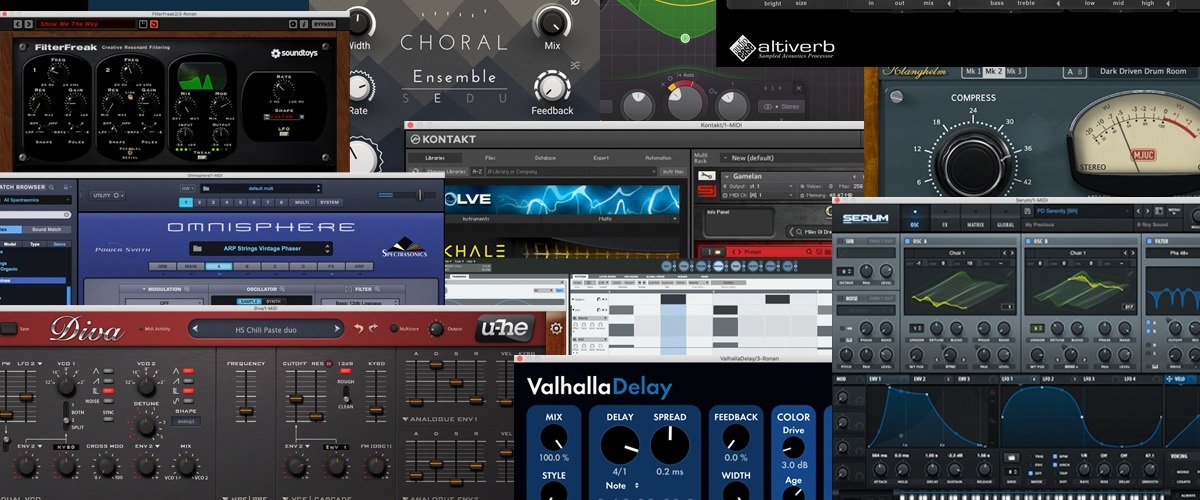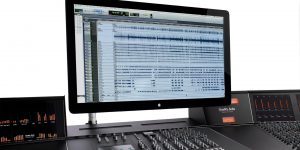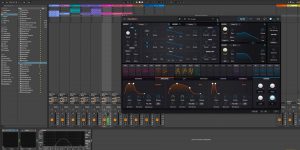There are many different types of VST plugins. Some are instruments, like guitars and pianos, while others are effects, like reverbs and delays.
You need to know a few things to get started using VST plugins in your DAW. The first is that you need to have a VST plugin host application. The software will allow you to load and use VST plugins in your projects. The most popular VST plugin host applications are Cubase, FL Studio, and Ableton Live.
Once you have a VST plugin host application, the next step is to find and download some VST plugins. There are a ton of great free VST plugins available online, as well as paid plugins. Once you’ve found the plugins you want to use, make sure to read the instructions on how to install and use them in your VST plugin host application.
Click on the plugin button in the track’s header, and select your VST plugin from the list. You can then start using it like you would any other plugin.
Once you have your VST plugins installed and set up, the next step is to start using them in your projects. The best way to learn how to use VST plugins is to experiment with different things. There’s no right or wrong way to use them, so have fun and see what sounds you can create!
That’s all there is to using VST plugins in your DAW! But, with a little bit of experimentation, you’ll be able to get some great sounds out of them.
Are all VST plugins compatible with any DAW?
While most VST plugins should be compatible with any DAW, there will always be a few that don’t work with specific programs. Therefore, for a good VST plugin with DAW, both the plugin and the DAW must be specifically designed to work together. However, many popular VST plugins are available in multiple versions compatible with different DAWs. It means that even if your plugin isn’t compatible with your current DAW, you may be able to find a version that is.
It’s also important to remember that not all DAWs support VST plugins. So if you’re using a DAW that doesn’t support VST plugins, you won’t be able to use any VST plugins with it, no matter how compatible they are.
If you’re unsure if a particular plugin will work with your DAW, it’s always best to check with the manufacturer or do a quick search online.

Can I make a track without VST plugins?
Yes, you can make a track without VST plugins, but it may not sound as good as a track that uses them. It will be much harder to create a professional-sounding track without them.VST plugins can add a lot of depth and texture to your sound, so if you’re looking to create professional-sounding music, it’s worth considering using them.
If you’re starting and are still learning the ropes, you can create good-sounding tracks without them. It all depends on what kind of sound you’re going for and what tools you have at your disposal.
However, if you don’t have any plugins, you can find another way to create these effects. There are a few ways to do this.
One way to create effects without VST plugins is to use an audio editor. There are a few different audio editors, but Audacity is an excellent free option. With Audacity, you can create effects by editing the audio waveforms. It takes a bit of practice to get the hang of, but it’s an excellent way to create custom sounds.
Another way to create effects is to use a sampler. A sampler lets you load sampled sounds into your track and then play them back.
Regardless of whether you use VST plugins or not, it’s essential to experiment with different sounds and effects to find what works best for you.
We are supported by our audience. When you purchase through links on our site, we may earn an affiliate commission at no extra cost to you.
Our newsletter
* We will never send you spam or share your email with third parties








